Affiliate disclosure: This post may contain affiliate links. Please see our Privacy Policy.
Nothing says I love you like a meat lollipop! Well, perhaps that’s only true when you’re sweety lacks a sweet tooth and has a soft spot for all things bushcraft.
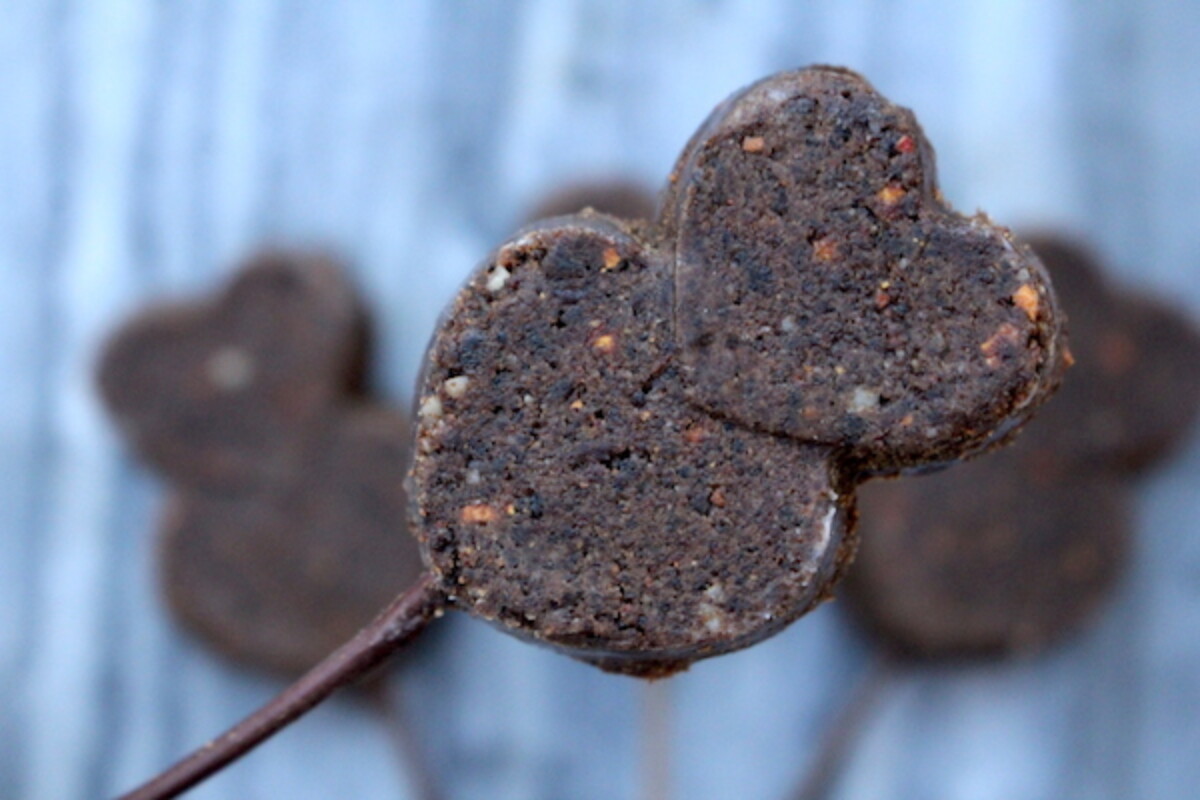
A few weeks back I made a batch of herbal lollipops as a special treat for my 3-year-old daughter. As she sat contentedly on the porch with her dad enjoying one this past weekend, she offered to share her much-treasured treat.
“Want to share my lollipop?” She asked.
“Is it made of meat?” he answered.
“No….it’s not silly!” She laughed.
“Then no. I only like lollipops made of meat.” He replied.
A silly thing to overhear, but I happened to be in the kitchen, pulling some meat out of the freezer, and instantly thought, “Well it’s meat lollipops that I shall make then!”
The meat I pulled out was a frozen deer heart, gifted by a neighbor hunter who shot the deer on our land. What says happy valentines day better than a meat lollipop for your meat-loving sweety, especially if that lollipop is made not only with love but an actual heart…
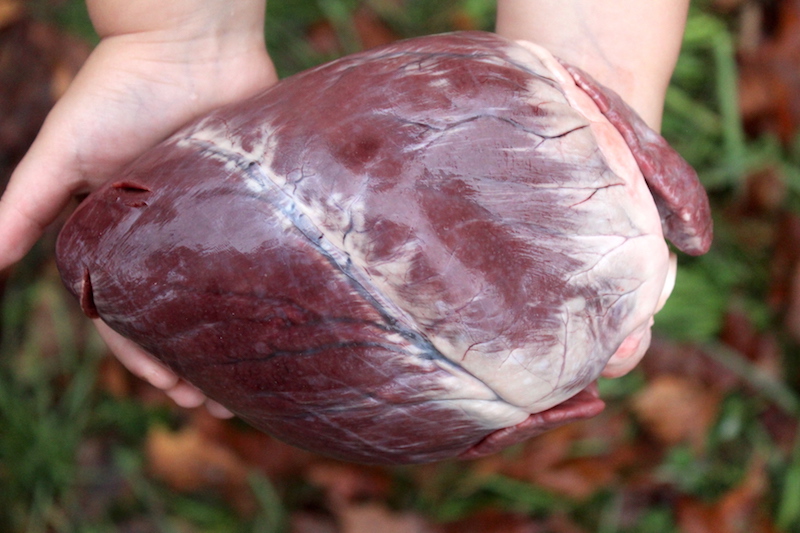
How To Make Pemmican
Pemmican, traditional survival food with a nearly infinite shelf life, is made by mixing equal parts dried meat and rendered suet. The dried meat is very thoroughly dried, more so than jerky, so that it crumbles to powder easily. The powder is then pounded into rendered fat, and sometimes dried berries are mixed in for flavor.
The dried meat is most traditionally buffalo, but sometimes venison. Since the meat dries better without the fat, lean meat is preferred and then the rendered suet is added back in after the meat has been pounded.
Unlike jerky, where the meat is cut with the grain to create long stringy fibers that hold the dried meat together, meat for pemmican is cut against the grain so that it pounds apart easily.
The heart is a muscle, with wonderfully flavored smooth lean meat. Since it’s not grainy like other muscles, it works wonderfully for pounding into a meat powder for pemmican.
The result, with everything, pounded together is a coarse paste held together by rendered suet. Generally, it’s just formed into a cake or stored in a rawhide pouch made from the animal it came from, but there’s no reason it can’t be formed into shapes…
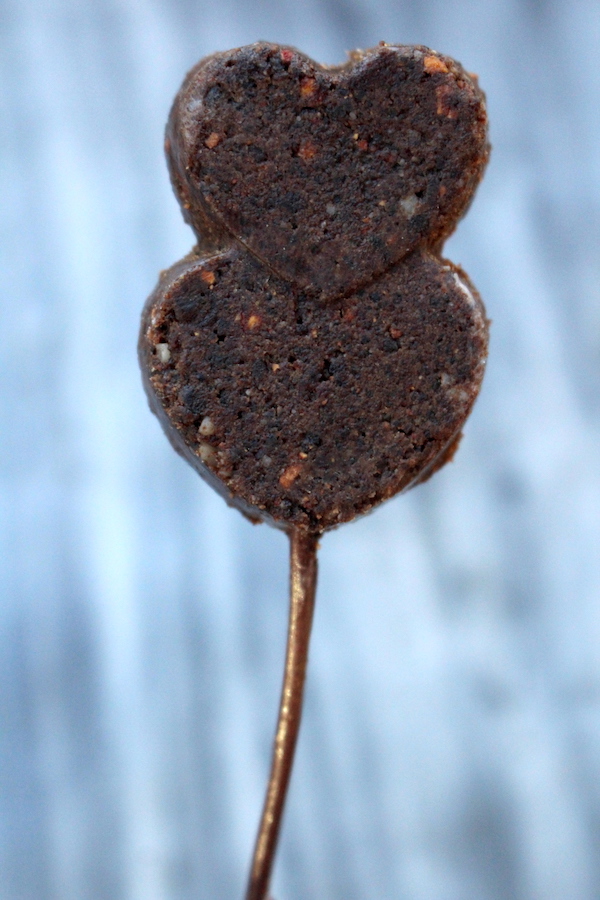
Drying Heart Meat for Pemmican
The first step in making pemmican is drying the meat. I cleaned the deer heart, removing the extra fat and valves, and then sliced it into thin strips.
Those strips were marinated in a bit of apple cider vinegar, maple syrup, and salt because some of the batch was destined for heart jerky. The rest would be dried more thoroughly for heart pemmican, and a little bit of maple sweetness in the meat would complement the lollipops wonderfully.
I laid the strips of heart meat on a rack over a baking tray and dried them in the oven at 170 degrees for about 4 hours before pulling out half the meat for jerky. The remaining half stayed in for another 2 hours to get really dry and brittle.

Rendering Fat for Pemmican
I had some freshly rendered leaf lard on hand, but I thought it’d be more fitting if I rendered the fat from the actual heart instead. A deer heart has a surprising amount of fat on the outside, and if you carefully strip it away it can be diced and rendered as deer heart suet.
Now isn’t that the most lovely handful of deer heart fat you’ve ever seen?
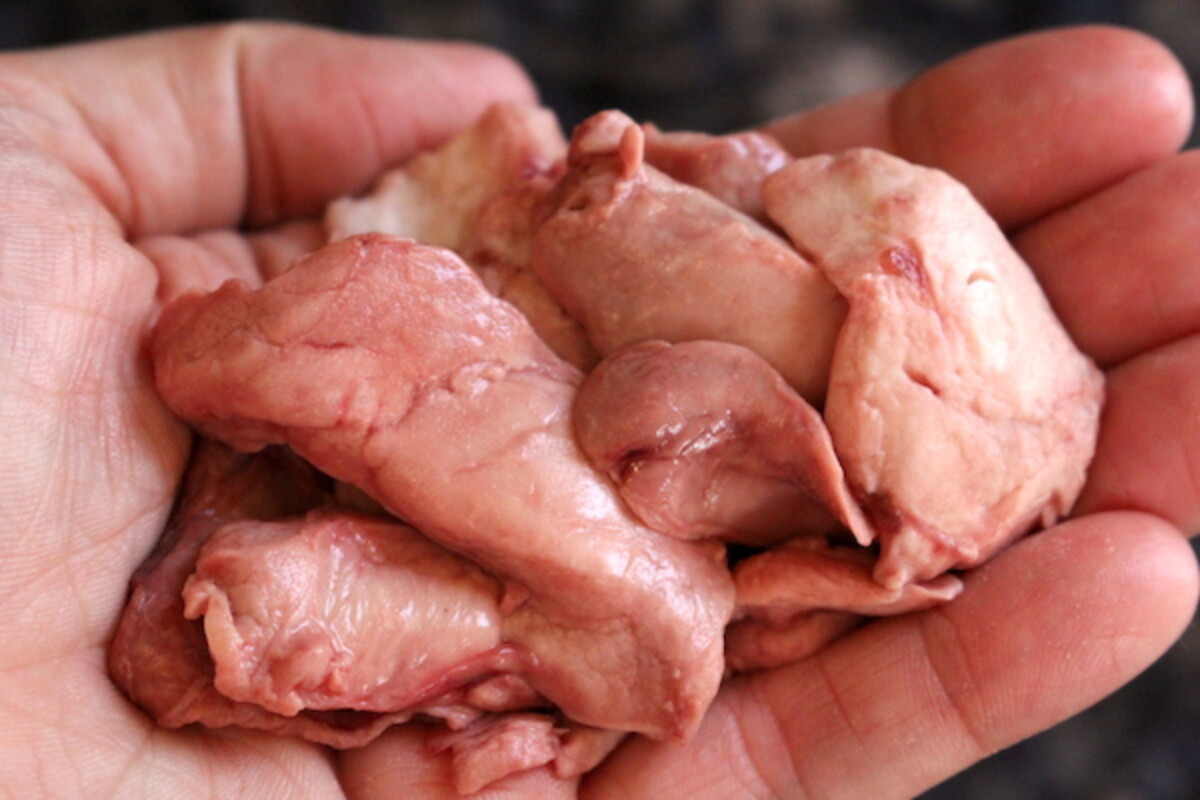
I diced it super fine, and it only took about 15 minutes to render. The resulting heart fat suet was much harder than the smooth leaf lard I had on hand, and will actually work much better to help the pemmican lollipops hold their shape.
Add-Ins for Pemmican Lollipops
The herbal lollipops I made for my little one used hawthorn and rose hips, and both of those seem like they’d work well as a compliment for a meat lollipop. He’s a particular fan of the tart cherries that grow on our trees, so I added in a bit of those as well.
I’ve also heard of pemmican being sweetened or flavored a bit with maple syrup, to increase palatability. The maple’s not used for long storage pemmican, but I added a tiny dash in to help with flavor and to cut the tartness of the rose hips.
When you’re using dried fruit, the ratio is still 1:1:1 with dried powdered meat, rendered suet, and dried fruit. In my case, I just wanted a small batch so I used 1/8 of a cup of each, plus a tiny dash of maple syrup.
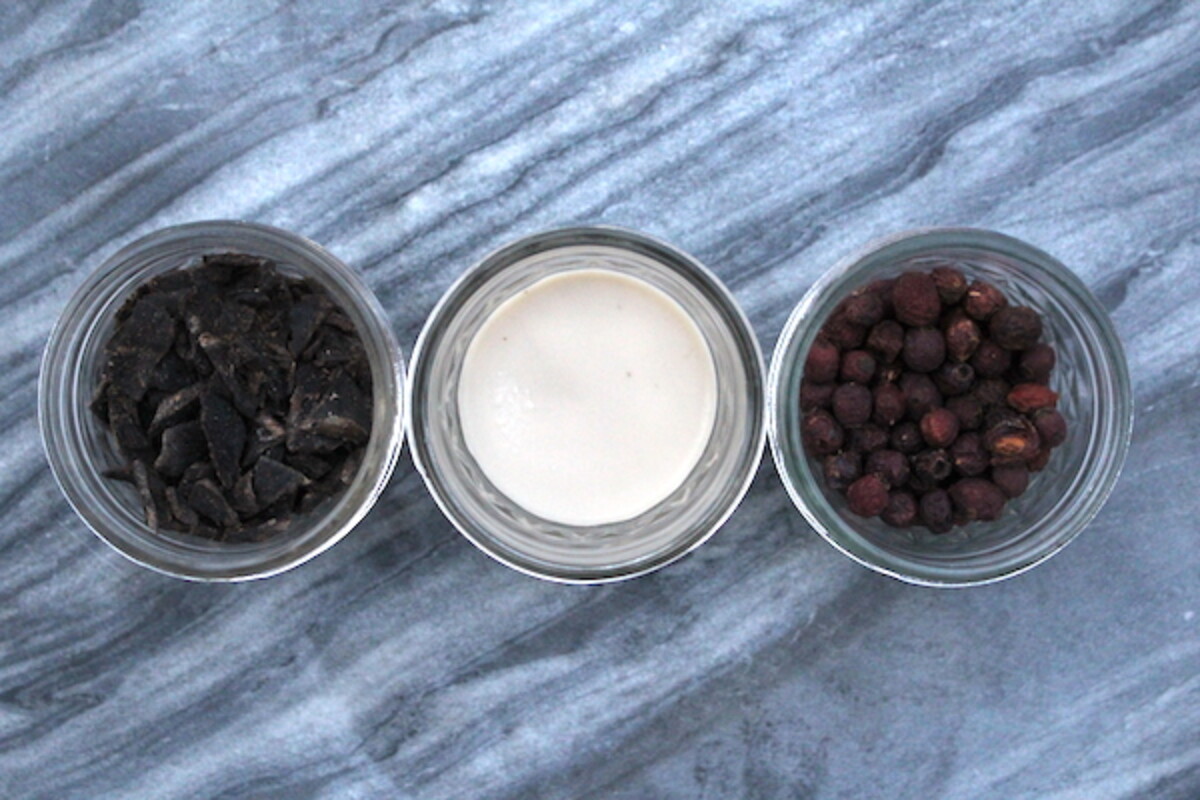
In hindsight, the hawthorn fruits were a mistake, as they have big seeds inside that don’t grind up easily. Hawthorn is better saved for things like hawthorn jelly, where they’re boiled and then filtered out.
The most traditional fruit added to pemmican by Native Americans was chokecherries, which also have big seeds, but the seeds are nutritious like nuts, and they spent extra time pounding to incorporate the whole fruit into the pemmican.
Shaping Pemmican Lollipops
Once all the ingredients are pounded together into a paste, the next step is to shape them into a classy gift. I had a heart-shaped silicone lollipop mold that I used to make the treats for my daughter, and it worked wonderfully in shaping these. Pemmican paste is pretty thick, and it could easily be shaped by hand in a pinch.
If you’re going to make a meat lollipop, it might as well have a woodland lollipop stick instead of a store-bought paper or plastic one. I snipped off a few apple twigs from our tree for these.

How Do Meat Lollipops Taste?
So now the million dollar question…how do meat lollipops taste? Surprisingly good!
It tastes like rich jerky, which is more or less what it is, dried meat made richer with the addition of rendered fat. The dash of maple added just enough sweetness to make it interesting, and the fruit added a bit of sweet-tart that balances nicely against the richness.
I’ll be honest, I wasn’t expecting these to be good. Palatable sure, but not super tasty.
Pemmican is known for tasting more or less like exceptionally bland dog food, as a last resort food to keep you alive when nothing else is available. I think the addition of salt to the deer heart marinade and then maple to the final pemmican made a world of difference.
The only thing that I don’t like is the game-y flavor. Rendering the fat directly off the venison heart means that the end result is extra deer flavored, as deer fat has a concentrated musty flavor. Using deer meat in general also takes up the game-y flavor, but I think it would have been much better if I had just used deer jerky and the much more mild pork leaf lard I had on hand.
My lollipop-loving daughter couldn’t wait to get her hands on one of these, but one bite and she handed it to her brother. She’s doesn’t particularly like game-y meat flavors, but he relishes anything protein just like his dad.
He just demolished a whole rack of goat ribs that I made yesterday, while his sister opted for a milder hamburger. My little protein-loving buddy dove right in…

We’ll likely make these again, but instead using beef jerky and leaf lard, along with just a touch more maple. I think using some high-quality grass-fed beef (or premade beef jerky) along with very mild lard would make some truly exceptional pemmican lollipops.
More Wildcrafted Treats
- How to Render Squirrel Fat (For Cookies!)
- How to Make Cookies After the Apocalypse
- Pine Bark Cookies
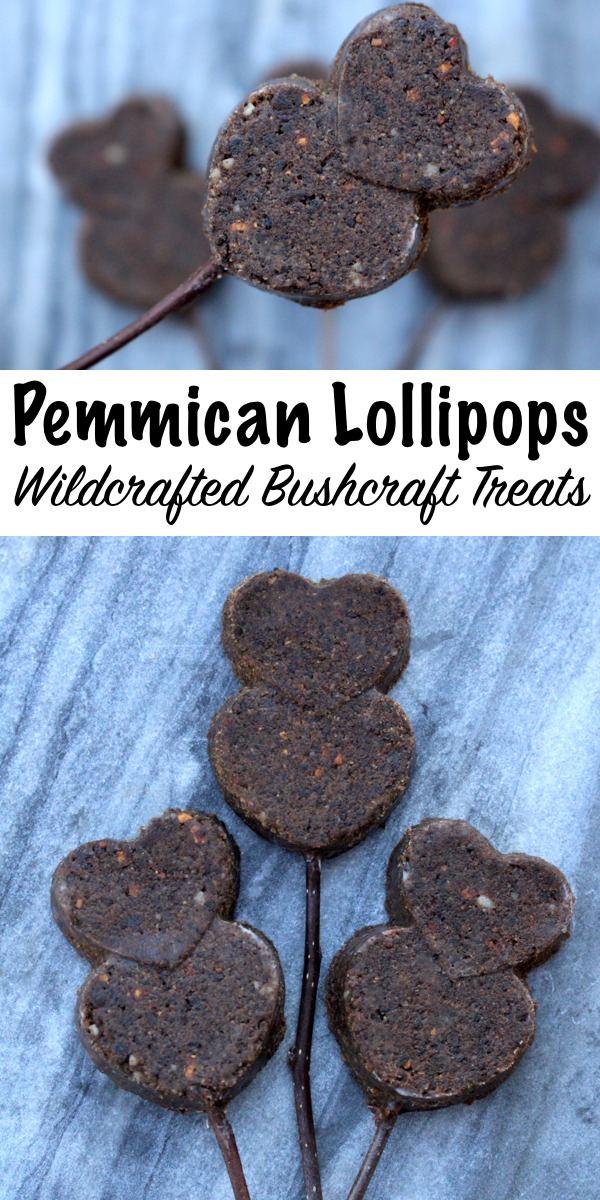
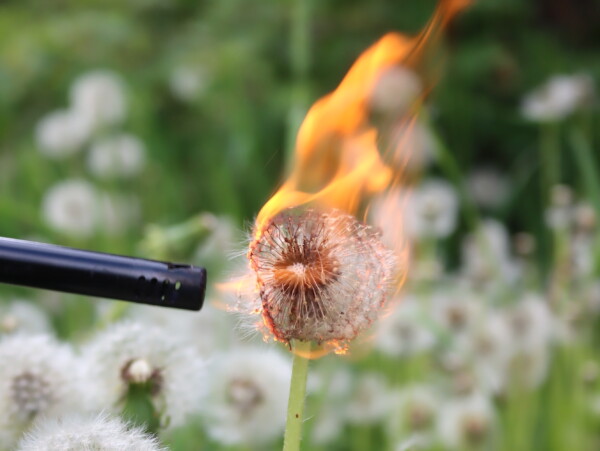
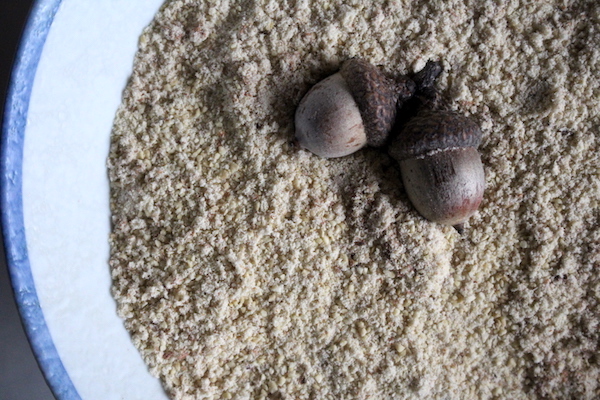

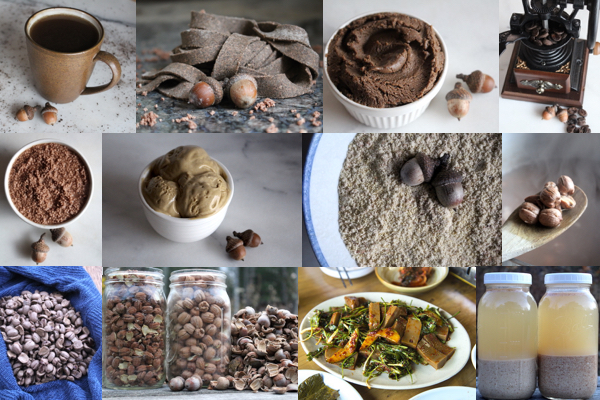










The result, with everything, pounded together is a coarse paste held together by rendered suet. Generally it’s just formed into a cake or stored in a rawhide pouch made from the animal it came from, but there’s no reason it cant be formed into shapes.
Ashley, you’re so dang creative! I make my own pemmican but my camping buddies would get a kick out of these.
Awww, thanks Todd! My whole family had a lot of fun with them.
You’d be surprised how often I’m searching for something and your site comes up, so thank you! I was hoping that mullein seeds were edible just the other day, but you already had the answer for that one =)